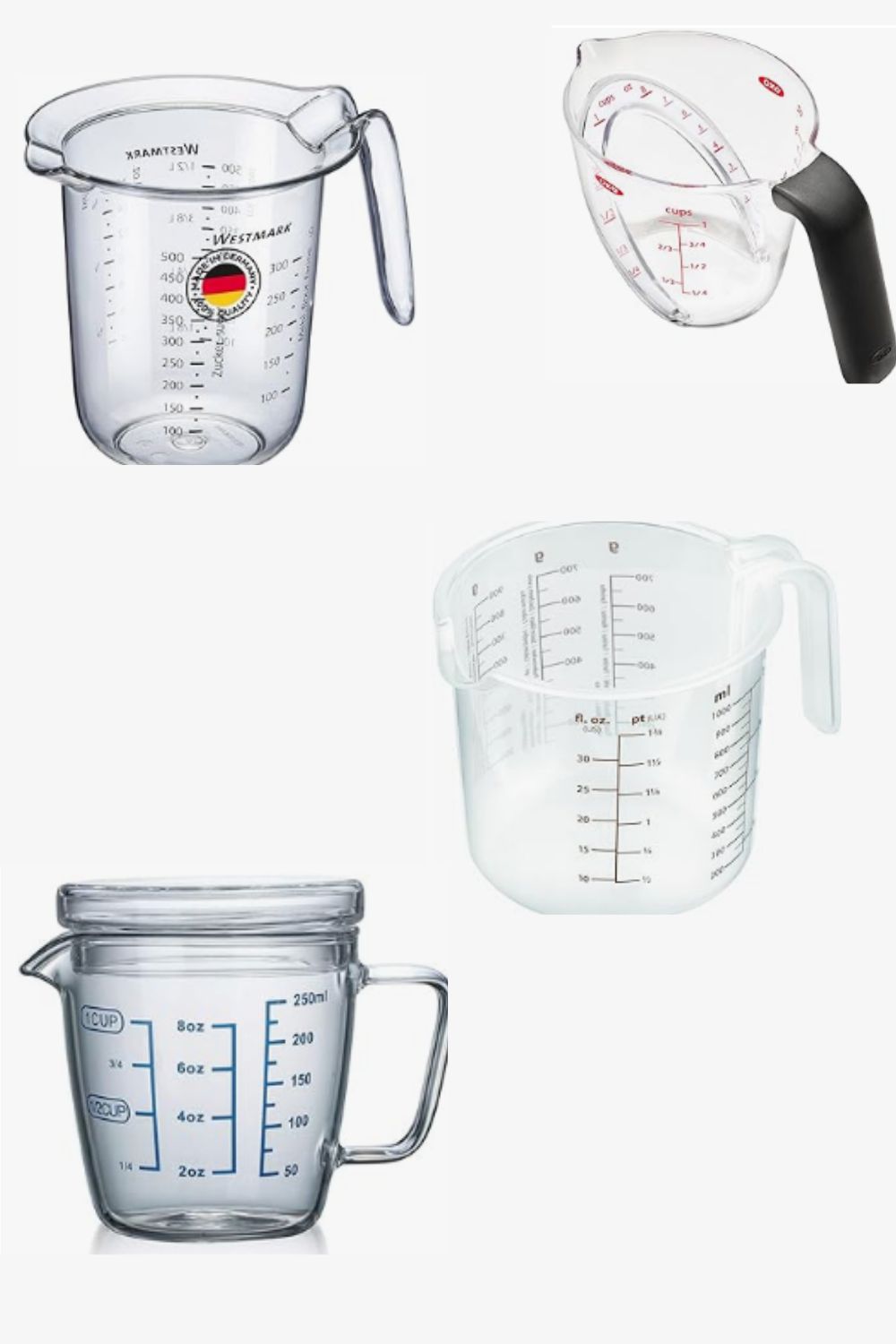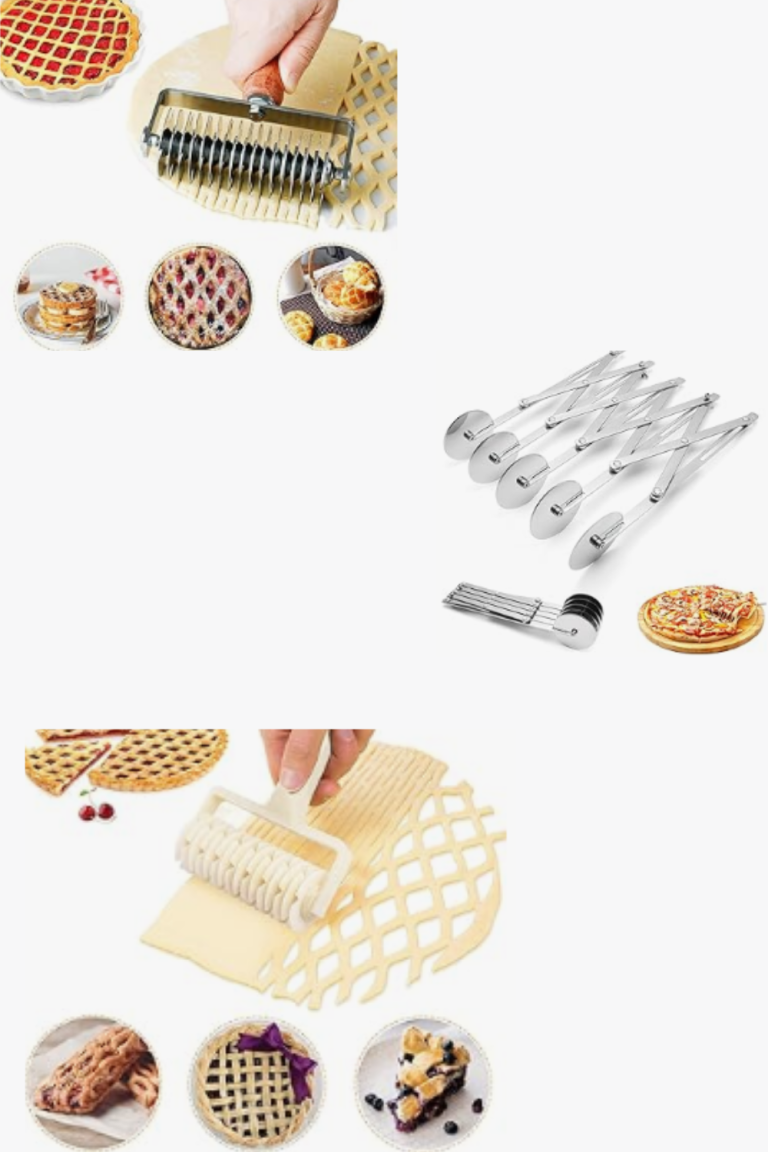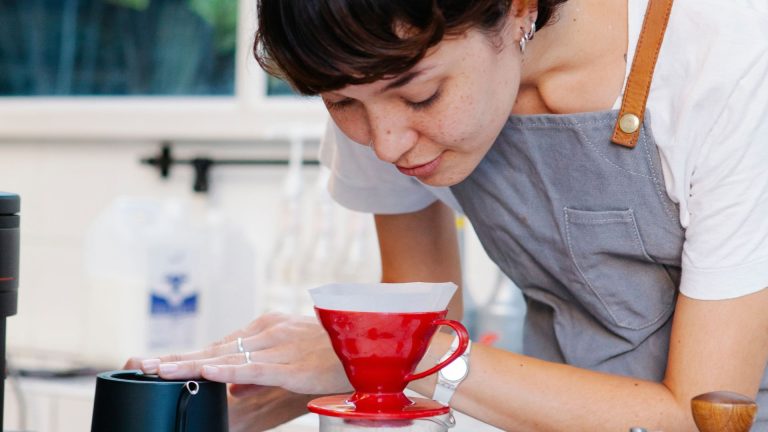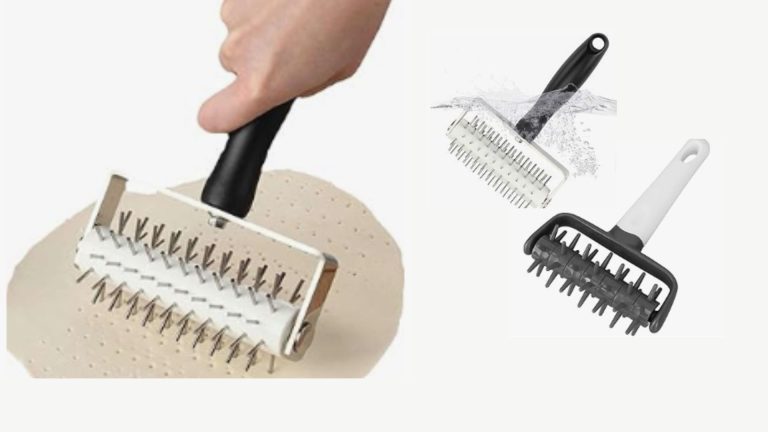TC: Tea Cup in cake making Explained
In this topic, I’m going to talk about the role of the TC (Tea Cup) in cake making based on my own personal experience. If you’ve ever found yourself puzzled by recipes calling for a “tea cup” of this or that, or wondered how it fits into the baking process, you’re in the right place. I’ll break down what a TC is and how it influences the art of cake making.
Table of Contents
ToggleWhat is a Tea Cup in Cake Making?
A “tea cup” in cake making is often used as a non-standard unit of measurement. Unlike precise measuring cups or scales, a tea cup is more of a traditional or informal way to measure ingredients. It usually refers to the standard size of a cup used for drinking tea, but it can vary slightly depending on the country or even the type of tea cup.
In cake recipes, using a tea cup as a measure can be a bit ambiguous. This is because the volume of a tea cup can differ from one to another. Generally, a tea cup holds about 6 to 8 ounces of liquid, but this can change. When a recipe calls for a tea cup of flour or sugar, it’s important to understand this variation to achieve the desired results in your cake.== >> Check out the right cake Tea Cup, tools, and ingredients that you need here <
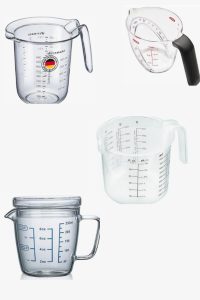
Why Use a Tea Cup in Cake Recipes?
Using a tea cup as a measure can be quite handy, especially in traditional or family recipes passed down through generations. It’s often used in recipes where precision isn’t as critical, or where the recipe is designed to be simple and accessible. Here’s why it might be used:
Simplicity: For those who don’t have a full set of measuring cups or prefer a more relaxed approach to baking, a tea cup can be a convenient substitute.
Tradition: Many old recipes call for a tea cup of ingredients, reflecting a time when precise measurements weren’t as common.
Flexibility: A tea cup can offer a bit of flexibility, especially when dealing with recipes that don’t require exact proportions.== >> Check out the right cake Tea Cup, tools, and ingredients that you need here <
How to Use a Tea Cup for Accurate Measurements
If you’re using a tea cup for your cake recipe, here are a few tips to ensure accuracy:
Know Your Tea Cup Size: Measure your tea cup’s volume before starting. Fill it with water and pour it into a standard measuring cup to find out how much it holds. Most tea cups will be around 6 to 8 ounces.
Level Your Ingredients: When measuring dry ingredients like flour or sugar, make sure to level them off with a knife or a flat edge to avoid packing too much into the cup.
Consistency: Use the same tea cup throughout the recipe to ensure consistency in measurements.== >> Check out the right cake Tea Cup, tools, and ingredients that you need here <
Drilling Deeper: Comparing Tea Cups to Standard Measurements in Baking
When it comes to baking, the choice between using a tea cup or standard measurements can significantly affect the outcome of your cake. Let’s delve deeper into how these two methods compare, focusing on accuracy, convenience, and practicality.
Accuracy: Tea Cups vs. Standard Measurements
Tea Cups: The main challenge with using a tea cup for measuring is its variability. Since tea cups are not standardized, their volume can differ from one cup to another. This lack of consistency can lead to discrepancies in ingredient quantities, which can impact the texture and flavor of your cake. For example, if one tea cup holds 6 ounces of flour and another holds 8 ounces, your cake might turn out denser or lighter than expected.
Standard Measurements: Standard measuring cups and spoons, on the other hand, are designed to provide exact quantities. This precision is crucial in baking, where even small deviations can affect the final product. For instance, a cup of flour measured with a standard measuring cup will always be the same amount, ensuring consistent results every time. This consistency is especially important in recipes that rely on precise ratios of ingredients.== >> Check out the right cake Tea Cup, tools, and ingredients that you need here <
Convenience: Tea Cups vs. Standard Measurements
Tea Cups: Using a tea cup can be convenient, especially if you’re working with traditional recipes or in a pinch. If you don’t have measuring cups available, a tea cup can serve as a quick substitute. This method can also add a nostalgic or personal touch to your baking process, especially if the recipe has been handed down through generations.
Standard Measurements: While standard measuring tools might seem less convenient than grabbing a tea cup, they provide more reliability. Measuring cups are specifically designed for various quantities, making them easy to use for different ingredient types. They often come with markings for different amounts, allowing for quick adjustments and accurate measurements.== >> Check out the right cake Tea Cup, tools, and ingredients that you need here <
Practicality: Tea Cups vs. Standard Measurements
Tea Cups: The practicality of using a tea cup often comes down to personal preference and the specific recipe. If you’re baking from a traditional recipe that calls for a tea cup, using one can maintain the recipe’s authenticity. However, if you’re experimenting or adapting recipes, relying on tea cups might not provide the consistency needed for the best results.
Standard Measurements: For most modern baking, standard measurements are more practical. They are widely available and provide a uniform approach to measuring ingredients. This can be particularly useful when scaling recipes up or down, as you can easily convert between different units of measurement.
When to Use Each Method
- Use a Tea Cup When: You’re following a traditional recipe that calls for a tea cup, or if you’re baking informally and don’t have access to measuring cups. It’s also suitable for simple recipes where precision is less critical.
- Use Standard Measurements When: You need precise measurements for consistent baking results, especially for more complex recipes or when you’re experimenting with new ingredients. Standard measurements are also ideal for scaling recipes and ensuring accurate proportions.== >> Check out the right cake Tea Cup, tools, and ingredients that you need here <
Comparison Table: Tea Cup vs. Standard Measurements in Baking
| Aspect | Tea Cup | Standard Measurements |
|---|---|---|
| Accuracy | Variable; not standardized, leading to inconsistent measurements. | Precise; standardized for consistent results. |
| Convenience | Handy in traditional recipes or when measuring tools are not available. | Requires specific tools but offers reliability and ease of use. |
| Practicality | Suitable for informal or traditional baking, where precision is less critical. | Ideal for accurate baking, scaling recipes, and experimenting with new ingredients. |
| Volume Consistency | Tea cup volumes can vary (typically 6-8 ounces). | Measuring cups are marked for specific volumes (e.g., 1 cup, 1/2 cup). |
| Flexibility | Flexible for casual baking and non-standard recipes. | Provides exact measurements; less flexible for casual adjustments. |
| Tradition | Often used in traditional or family recipes. | More modern and standard for precise baking. |
| Ease of Measurement | May require extra steps to ensure consistency. | Easy to use with clearly marked measurements. |
Key Notes and Considerations
- Accuracy vs. Flexibility:
- Tea Cup: Provides less accuracy due to variability in cup sizes. It’s best used in recipes where exact measurements are not crucial.
- Standard Measurements: Ensures accuracy and consistency, making it ideal for precise baking and experimenting.
- Convenience:
- Tea Cup: Convenient if standard measuring tools are unavailable. It’s a quick solution for traditional recipes or informal baking.
- Standard Measurements: Requires specific tools but is more reliable for achieving consistent results.
- Volume Consistency:
- Tea Cup: Volume can differ from one cup to another, affecting ingredient ratios.
- Standard Measurements: Volume is consistent and reliable, providing exact quantities for ingredients.
- Practical Applications:
- Tea Cup: Best for traditional recipes or casual baking where precision is less critical. It can add a personal touch to recipes.
- Standard Measurements: Necessary for accurate baking, especially for complex recipes or when scaling quantities. It helps ensure uniform results.
- Tradition vs. Modern Baking:
- Tea Cup: Reflects traditional or family baking practices. Ideal for recipes passed down through generations.
- Standard Measurements: Represents modern baking practices with a focus on precision and consistency.
- Ease of Measurement:
- Tea Cup: May require additional steps to measure accurately and ensure consistency.
- Standard Measurements: Designed for ease of use with clear markings for various quantities.
FAQs on Using Tea Cups vs. Standard Measurements in Baking
1. What exactly is a tea cup in baking?
A tea cup in baking refers to a traditional, non-standard unit of measurement based on the volume of a typical tea cup. It usually holds about 6 to 8 ounces of liquid, but this can vary. It’s used informally in recipes, often reflecting older or traditional practices.
2. How do I measure ingredients with a tea cup accurately?
To measure ingredients with a tea cup, first determine the volume of your tea cup by filling it with water and pouring it into a standard measuring cup. Make sure to level off dry ingredients with a knife or flat edge to avoid packing too much into the cup. Consistency in using the same tea cup throughout the recipe is key.
3. Why should I use standard measurements instead of a tea cup?
Standard measurements provide precise and consistent quantities, which are crucial for achieving reliable baking results. They ensure that your recipe turns out as intended every time, which is especially important for complex or new recipes.
4. Can I use a tea cup for any recipe?
While a tea cup can be used for many recipes, it’s best suited for traditional or informal baking where exact measurements are less critical. For recipes that require precision, such as those involving complex ingredient ratios or scaling, standard measurements are more appropriate.
5. How do I convert tea cup measurements to standard measurements?
To convert tea cup measurements to standard measurements, first find out how many ounces your tea cup holds. Then, use the following conversions: 1 tea cup (approximately 6 to 8 ounces) is roughly equivalent to 3/4 to 1 cup in standard measuring terms. For precise conversions, use a kitchen scale or measuring cups.
6. Are there specific recipes where a tea cup is preferred?
Tea cups are often used in traditional recipes, especially those passed down through generations. They can also be suitable for casual baking where precise measurements aren’t crucial, adding a touch of nostalgia to the process.
7. How can I ensure consistency if using a tea cup?
To ensure consistency when using a tea cup, always measure ingredients using the same cup throughout the recipe. Also, check the volume of your tea cup before starting to ensure it aligns closely with the volume needed for the recipe.== >> Check out the right cake Tea Cup, tools, and ingredients that you need here <
Final Words
Choosing between a tea cup and standard measurements in baking often comes down to the context of your recipe and personal preferences. While a tea cup can be a charming and convenient tool for traditional recipes or casual baking, standard measurements offer precision and consistency that are crucial for reliable results. Understanding the strengths and limitations of each method allows you to adapt your approach based on the specific needs of your baking project. Whether you’re embracing time-honored recipes or striving for perfect consistency, having the right tools and knowledge at your disposal will make your baking experience more enjoyable and successful. Happy baking.

Hi!
I’m Mike, the creator of Forum Foodies. In my own personal experience, understanding ingredients is key to great cooking.
Forum Foodies offers guides on various ingredients, from staples to exotic finds. Join our community, share your experiences, and learn from fellow food lovers.
Have questions or suggestions? Email me at info@forumfoodies.com. Let’s embark on this delicious adventure together.
Happy cooking.
Mike/
Related Posts
- TS: Tea Strainer in cake making Explained
In this topic, I’m going to talk about tea strainers and their surprising role in…
- AIR: Airing role in cake making Explained
In this topic, I’m going to talk about the concept of "air" and "airing" in…
- TB: Tea Ball role in cake making Explained
In this topic, I'm going to talk about how a simple tool, the tea ball,…
- CRM: Creaming role in cake making Explained
In this topic, I'm going to talk about the creaming method and its role in…
- TB: Tea Brewer role in cake making Explained
When it comes to cake-making, there's a lot more going on than just mixing flour,…
- WHP: Whipping role in cake making Explained
In this topic, I'm going to talk about WHP - Whipping. From my own personal…
- ICG: Icing role in cake making Explained
When it comes to cake making, icing is truly the cherry on top. In this…
- INF: Infusing role in cake making Explained
In this topic, I'm going to talk about the magical process of infusing flavors into…
- TS: Tea Spoon role in cake making Explained
In this guide, I’m going to talk about the crucial role a teaspoon plays in…
- BLT: Blotting role in cake making Explained
When it comes to baking, especially when crafting the perfect cake, every little detail matters.…
- ABS: Absorbing role in cake making Explained
In this topic, I’m going to talk about the concept of "absorbing" in cake making…
- EC: Egg Cup role in cake making Explained
When diving into the world of baking, you’ll come across various tools and ingredients that…
- BND: Binding role in cake making Explained
In this topic, I’ll talk about BND - Binding and its crucial role in cake…
- SLC - Slicing role in cake making Explained
When it comes to baking, the art of slicing can make or break the final…
- SCO: Scooping role in cake making Explained
In the world of cake making, every little detail matters. One technique that might seem…

